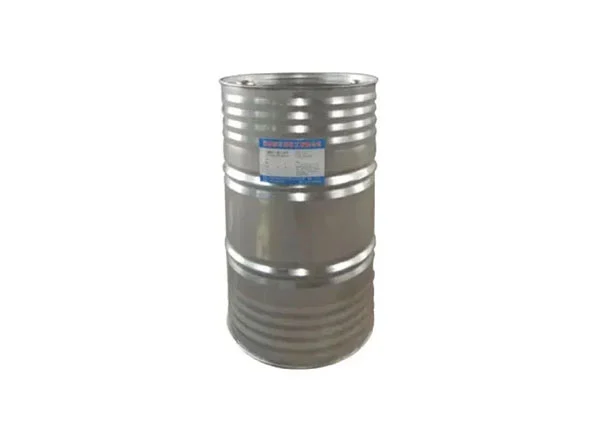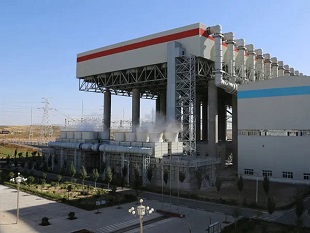1. Amines as ligands in catalytic reactions: In many catalytic reactions, amines can act as supporting ligands to transition metal complexes, increasing their activity and stability. For example, in the Heck reaction (used for coupling aryl and alkenyl halides), tertiary amines can enhance the catalytic activity of palladium catalysts by binding to the metal center and stabilizing the reactive intermediates.
2. Amines as bases in organic transformations: Amines are commonly used as bases in various organic reactions due to their proton acceptor ability. The addition of amines to a reaction mixture can shift the equilibrium towards the desired product by neutralizing acidic byproducts. In addition, amines can also deprotonate acidic substrates, leading to the formation of reactive intermediate that can undergo subsequent transformations. For example, in the synthesis of amides from carboxylic acids, amines are commonly used as bases to deprotonate the carboxylic acid and form an acyl ammonium intermediate, which can then react with an amine to form the amide.
3. Amines as reductants in organic transformations: Amines can act as reducing agents in the conversion of reactive functional groups, such as carbonyl groups, to more useful functionalities. For example, in the reduction of carbonyl groups to alcohols, primary amines, such as methylamine, are often used as a reducing agent. Amines can also be used as reducing agents in the conversion of nitro groups to amines, with the formation of hydroxylamines as intermediates.
4. Amines as organocatalysts in organic transformations: Amines can also act as organocatalysts, which are organic compounds that accelerate reactions without being consumed in the process. Organocatalysts are becoming increasingly important in catalysis, as they are more environmentally friendly and often more effective than traditional metal catalysts. Amines can be used as nucleophilic catalysts by forming covalent bonds to electrophilic substrates, activating them for subsequent reactions. For example, in the Michael reaction, primary and secondary amines are used as organocatalysts to activate the Michael donor and form a reactive enamine intermediate.








